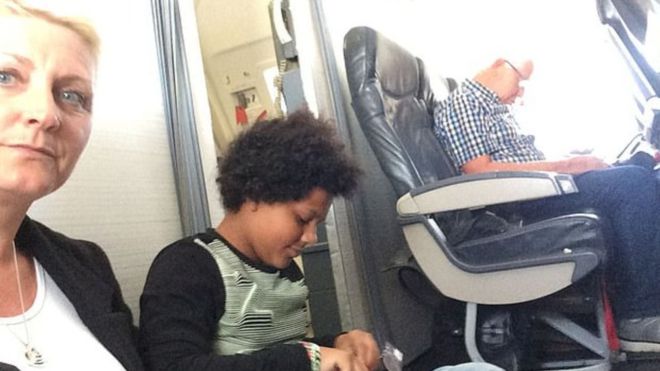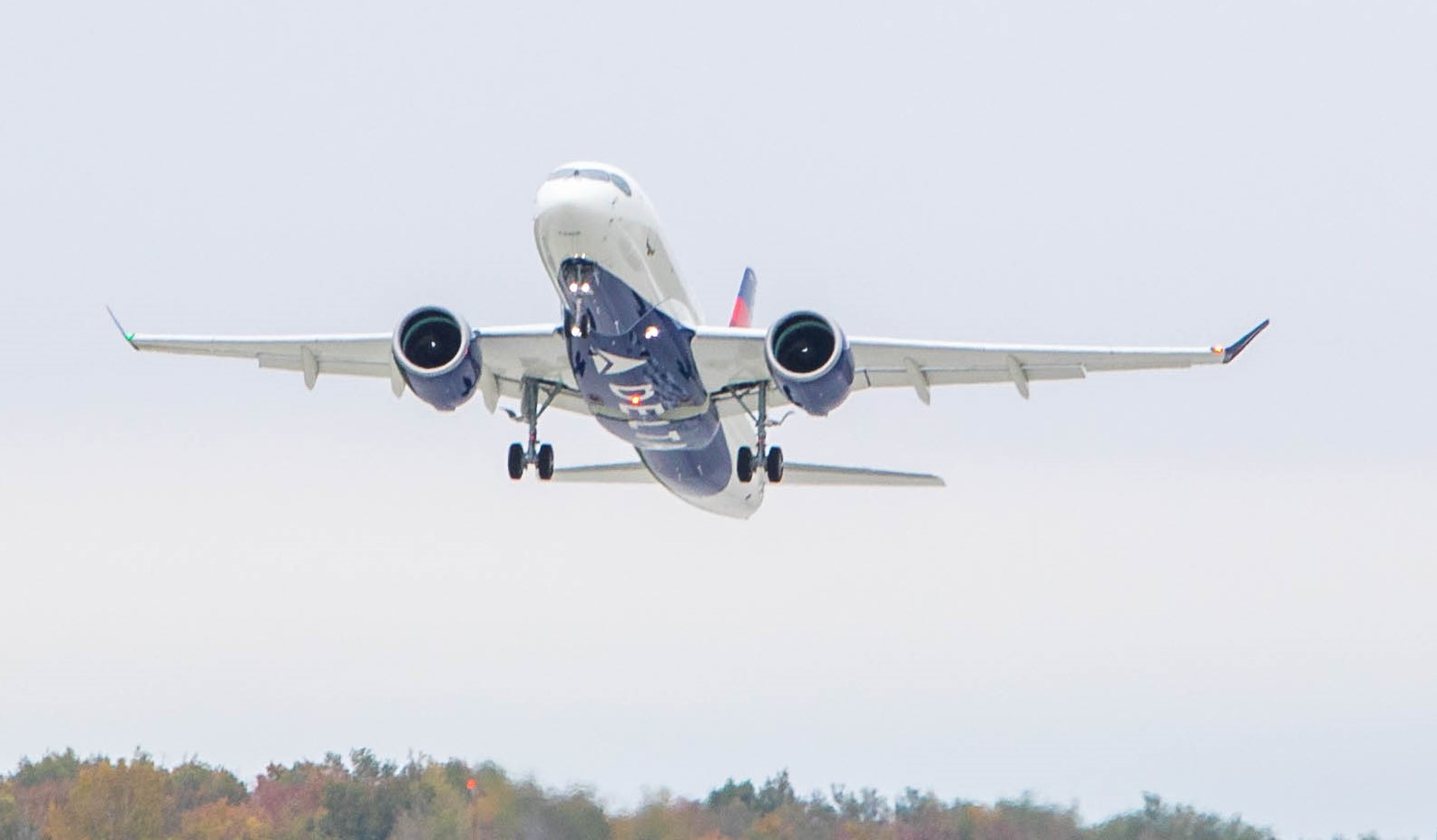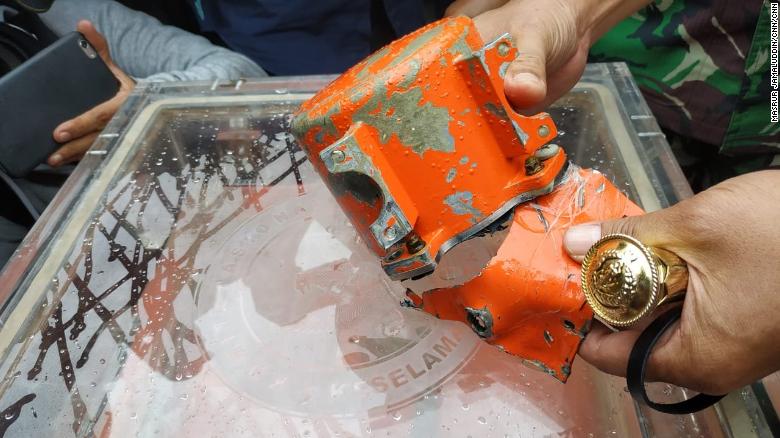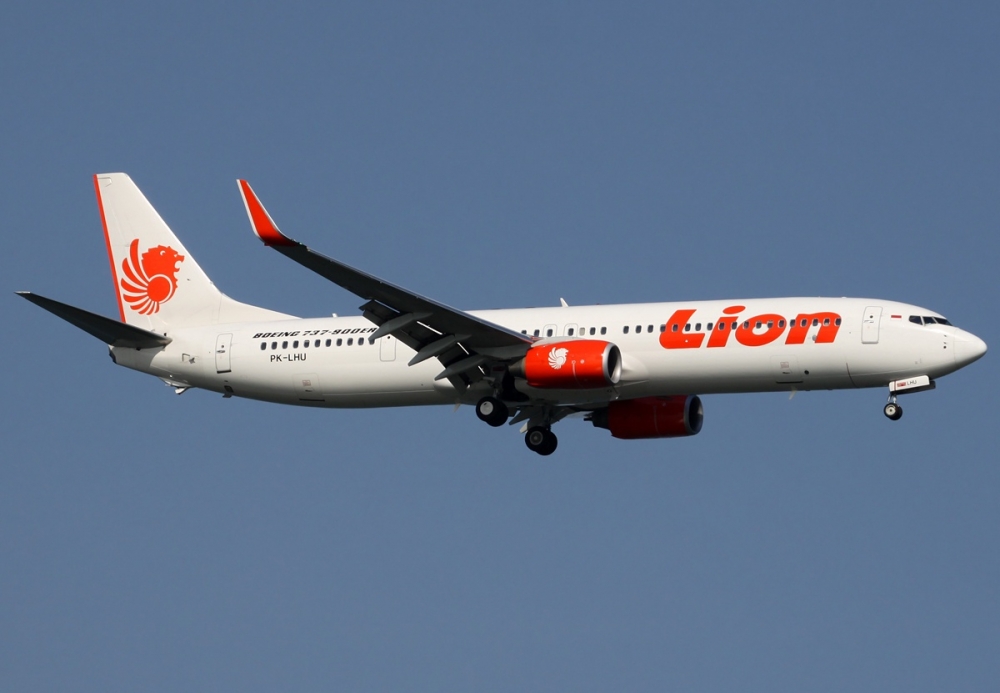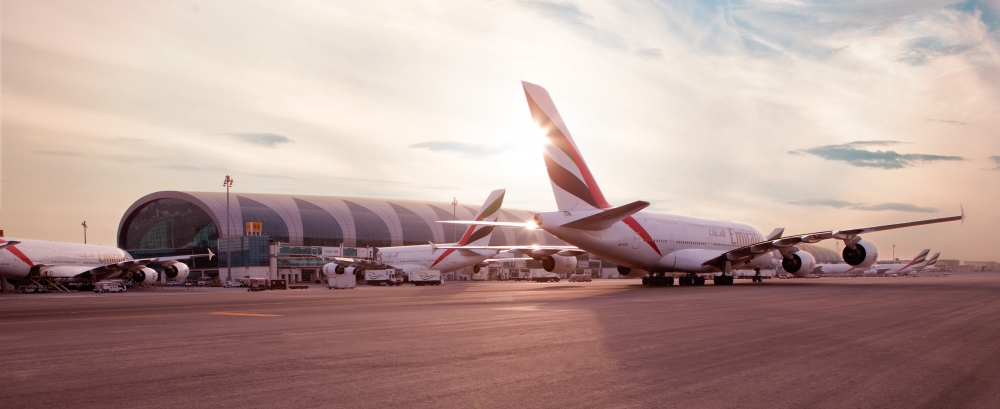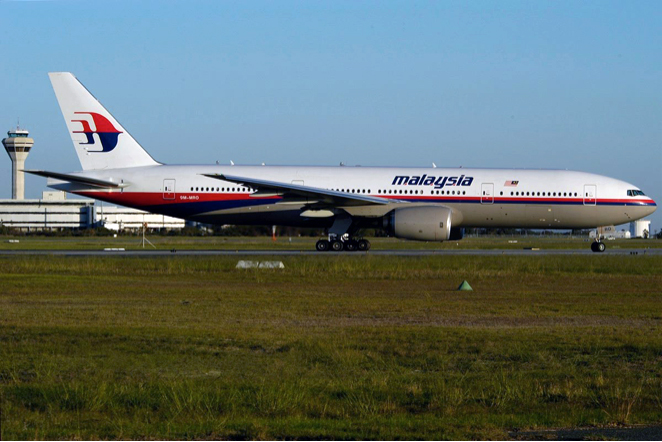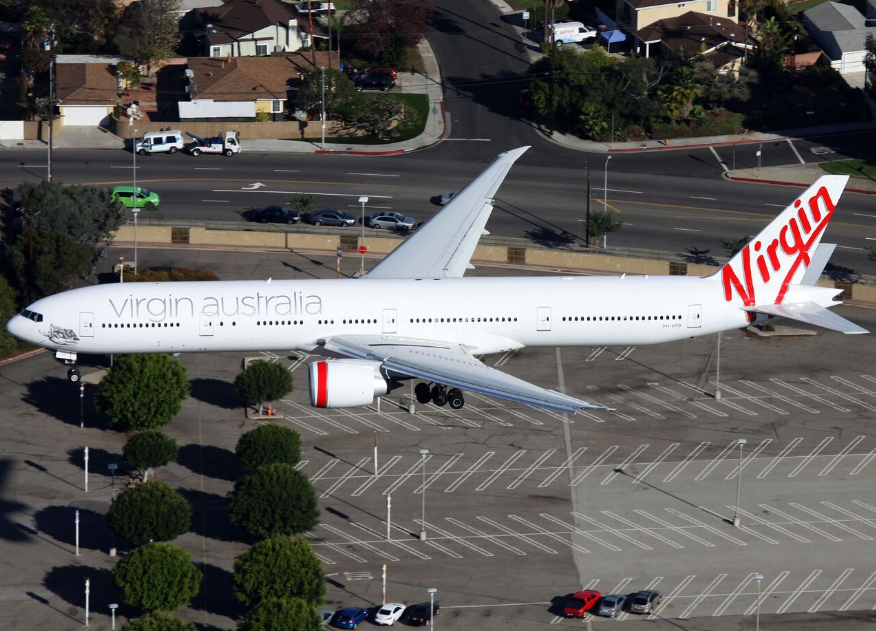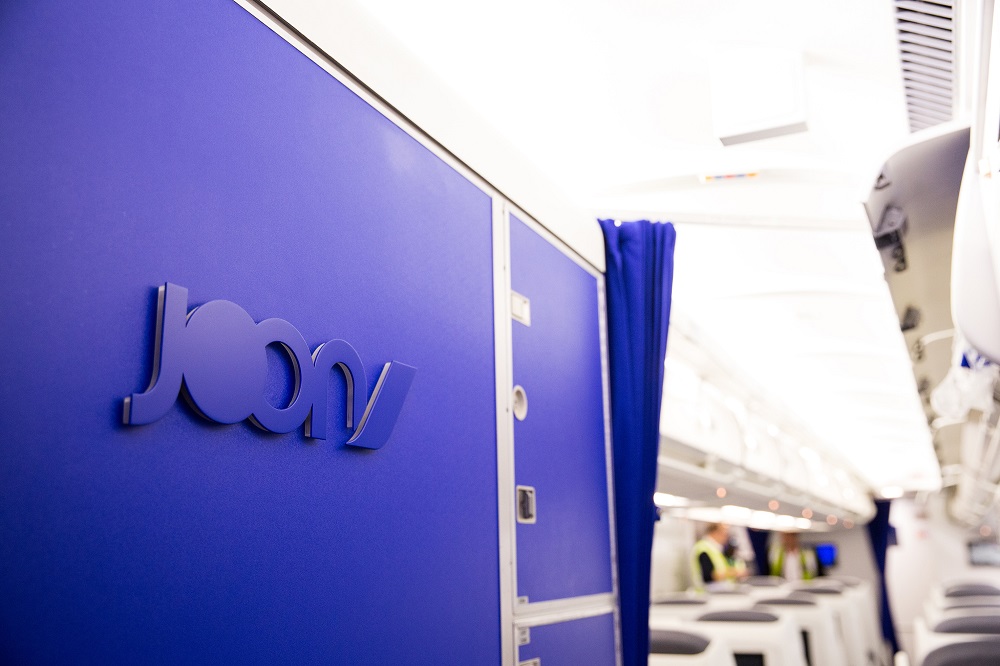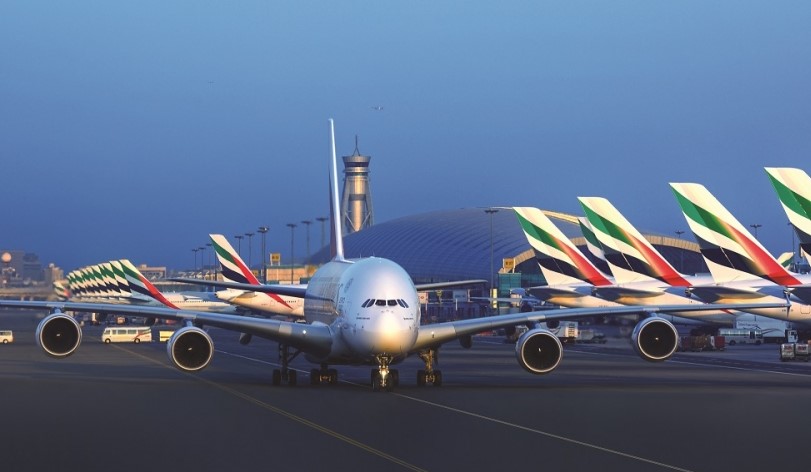Dubai-based Emirates will reduce flights by 25 percent in April and May due to the closure of Dubai International Airport’s southern runway and has outlined a 2019 schedule that will see increased capacity to Europe and Africa.
The 45-day flight reduction at Dubai will take place between April 16 and May 30.
The airline said limitations around operating flights at the airport meant many would be canceled, re-timed or see changes in operating aircraft to reduce the impact on customers.
This would result in 48 Emirates aircraft not being utilized and a 25 percent reduction in flights over the 45-day period, it said.
Like other Gulf carriers, Emirates has been facing tougher times in recent years and the 2019 schedule is not all about expansion.
READ Emirates predicts tough times as profit slumps.
Emirates will cut its Sydney-Bangkok service from June 1, suspends its second daily Perth service from March 31 and end a linked flight to Santiago via Sao Paolo from June 1.
On the plus side, increased peak season flights to Europe will see services added to Athens, Rome, Stockholm and Zagreb, Croatia.
A second daily flight will service Athens between March 31 and October 26, but not during the runway shutdown.
The service will be operated by a Boeing 777-300ER aircraft from March 31 to April 15 and between October 1 and October 26.
The 777 will be replaced by a bigger Airbus A380 for the summer peak between May 31 and September 31.
Rome will get three Emirates flights over the same period, but the additional Boeing 777-300ER flight will again be suspended during the runway closure.
Additional capacity to Stockholm will see a double daily Boeing 777-300ER service in July and August while Zagreb will see a daily B777-300ER from March 26 to October 31, reduced to four times a week while the runway is closed.
Destinations to get seasonal Airbus A3980 services include the US city of Boston and Scotland’s Glasgow.
African destinations to see a boost include Casablanca, which gets a second B777-300ER flight from June 1, and Abuja, Nigeria which will see three additional flights per week from June 1 to give it a daily service. There will also be increased services to Ghana and Senegal.
The airline will suspend flights EK 418/419 between Bangkok and Sydney from June 1 but will continue to service Australia’s biggest city with three flights a day non-stop to Dubai.
It said Emirates customers wishing to travel between Bangkok and Sydney would have choices provided by partner Qantas.
Effective March 31, Emirates will suspend EK 424/425 to Perth and serve the West Australian capital with a once-daily Airbus A380 service non-stop from Dubai.
The airline said Emirates customers traveling from Perth would continue to enjoy rapid two-way connections through Dubai as well as a seamless Emirates A380 experience to 20 European destinations.
Fleet optimization on South American services will see a newly refurbished, two-class Boeing 777-200LR on the daily service to Rio de Janeiro. This service will continue on to the Argentinan capital Buenos Aires for four days and to Chile’s Santiago for three.
“At Emirates, we pride ourselves on being a customer-focused airline with a commercially-driven business model,” Emirates president Sir Tim Clark said in the announcement.
“We invest in a modern and efficient aircraft fleet so we can offer industry-leading comforts to our customers, and we are agile in deploying our aircraft to destinations where it best serves customer demand.
“The changes we are implementing to our network schedules in 2019 are in line with this approach, taking into consideration global market dynamics and operational limitations including the maintenance work on Dubai Airport’s Southern Runway.
“Through the year, we will continue to keep a close watch on global markets and will maintain our flexibility to optimize the usage of our aircraft assets.”
In terms of fleet changes, the airline said it would take six new Airbus A380s in 2019 and retire seven older Boeing 777s.
The airline took delivery of its last B777-300ER in November and will start taking delivery of B777Xs in 2020.















